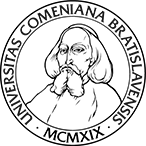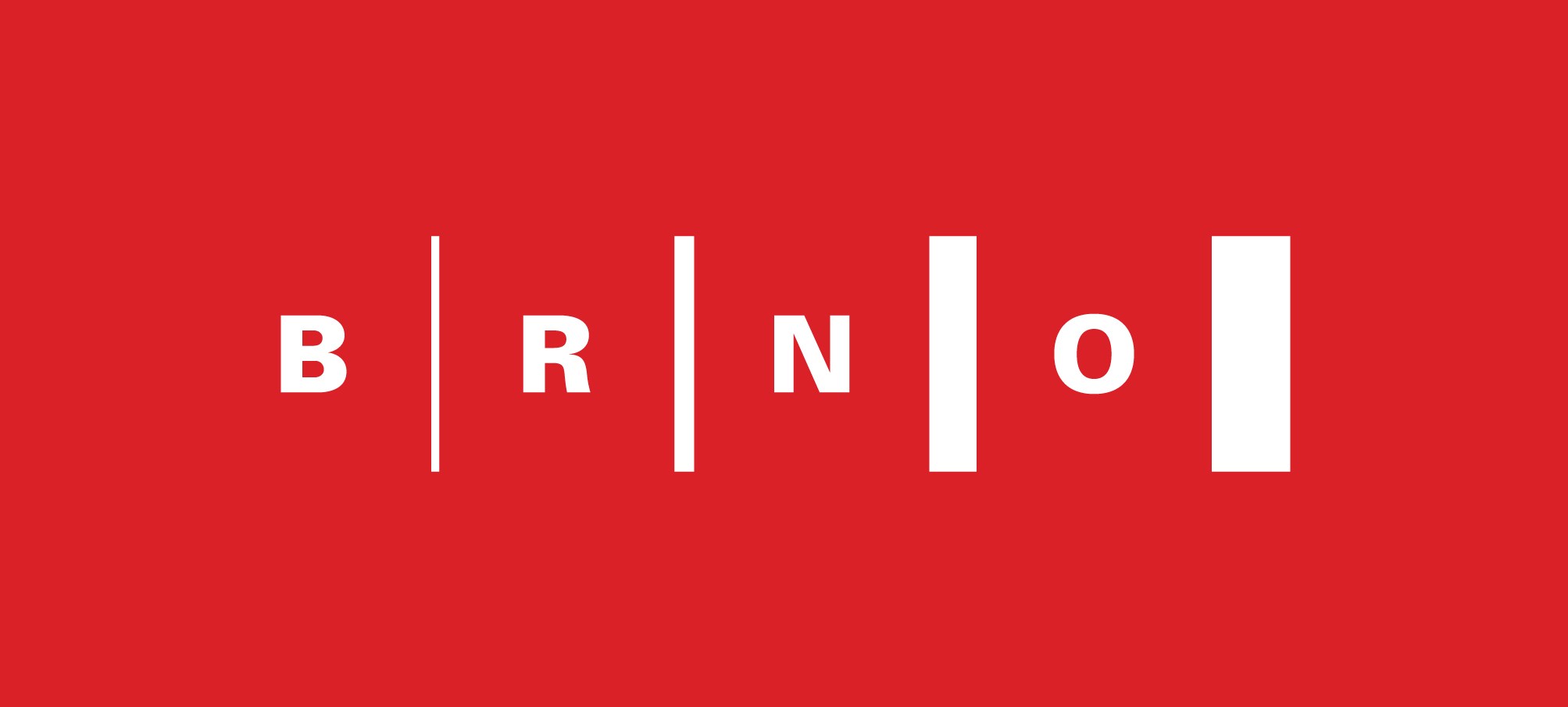We are pleased to inform you the UNIVERSEUM conference programme includes unique opportunity to visit the collections of the Charles university.
Date: June 21, 2019
From – To: 9AM – 4PM
Venue: Faculty of Science, Viničná 7, Praha, room B3
Price: 16 EUR (includes one way transfer from Brno to Prague, lunch. There is no entrance fee to any of the collections.)
Programme details shall be specified later on.
Hrdlička Museum of Anthropology
The museum bearing the name of renowned Czech-American anthropologist, Aleš Hrdlička, is today located in the headquarters of the biological section in the Viničná 7 building. The small, charismatic museum moved to this location in 1952 from Albertov, where it was founded in 1922 thanks to the gracious patronage of Aleš Hrdlička. In addition to regular tours, the museum currently hosts numerous special events such as night tours or workshops for children and adolescents.
Chlupáč Museum of Earth History
The field of paleontology naturally involves collections of fossils, which serve primarily for teaching students. The collection of paleontologists in the Albertov 6 building became so extensive that in 2009 part of it was used to create a small museum. In addition to the collection of fossils and reconstruction of prehistoric life, visitors will also encounter the most popular exhibit, a copy of the skeleton of an Argentinean dinosaur from the Cretaceous period in the Carnosaurus family.
Map Collection
Practically since the time of its construction in 1913, the Albertov 6 building has housed a unique collection of historical maps. This collection was founded even earlier in 1891, along with the Charles University Geographic Institute. Stored on the premises of the second floor of the building are over 130,000 thousand specimens of wall maps, atlases and globes.
Mineralogy Museum
Another unique collection which visitors can see in the Albertov 6 building again concerns geology, this time mineralogy. The collection dates back to 1775, when a collection of natural artifacts, the Museum naturae Pragense, was founded at Charles-Ferdinand University. The collection, which was expanded by edict of Emperor Maria Theresa, moved to the Albertov 6 building in 1916. Presently, the collection comprises 22,000 minerals, 2,000 of which are displayed in cases.
Herbarium
A total of 2.5 million specimens not only of higher plants but also lichens, fungi, fruits and seeds are in the inventory list of the herbarium housed in the headquarters of the Botany Department in the Benátská 2 building on the grounds of the PřF UK Botanical Garden. The collection was founded along with the Botanical Garden in 1775 and today is among the top 25 most valuable herbariums in the world.
Botanical Garden
The roots of the PřF UK Botanical Garden reach all the way to the opposing bank of the Vltava River, specifically Smíchov, where the botanical garden was originally founded in 1775. In 1989 it moved to its current location on the campus of the Charles University Faculty of Natural Science. Also found here are the headquarters of the Botany Department and PřF UK Institute for the Environment (in the Benátská 2 building) as well as the faculty study department (at Na Slupi 16). In addition to the plants in greenhouses and on the 3.5 hectare grounds, visitors can also see a unique collection of Czech minerals in the Geopark.
Geopark
The geological park of the Charles University Faculty of Natural Science is a permanent exhibition of minerals which records the geological changes which have occurred in the Czech lands over roughly the past 600 million years. The exhibition presents a view of the unique geological past of the Czech Republic. Visitors are presented with a survey of minerals, their internal structure, composition, processes of formation and areas they are found in our country. The exhibition is located in the central section of the PřF UK Botanical Garden.
Museum of Normal and Comparative Anatomy of the First Faculty of Medicine of Charles University
The museum of the Institute of Anatomy houses preparations used to study normal human anatomy and preparations for the comparative anatomy of vertebrates, which enable their structures and similarities to be explored in relation to man. The specimens help understand the principles of man’s evolution as a biological species. The core of the collection is a set of anatomical preparations from the mid-eighteenth century, which has been systematically supplemented by each subsequent generation of anatomists. The oldest section comprises preparations of vessels of the small intestine, which were made by Jiří Procháska (1749–1820), other notable authors include Purkyně or Hyrtl. The museum contains more than 4,000 exhibits.
Prof. Jan Jesenský Museum of Stomatology of the First Faculty of Medicine of Charles University
The museum is currently used primarily for research and study, but it is also open to interested members of the public. Although similarly specialised museums of oral medicine can be found in Germany and the Netherlands, the Prague museum’s comparative collection of dental and cranial specimens is of a size unrivalled throughout the world. The institution was established by Doctor Jan Jesenský (1870–1947), who assembled a large quantity of dental study material. Over time, this initial set was complemented with several skulls taken from the Sedlec Ossuary for research purposes and with embryological and histological preparations of teeth and orofacial tissues. The collection was first presented to the public in 1906 in the newly established dental clinic in Viničná Street.







You are running an old browser version which is not fully supported information system anymore. Some applications might not display correctly, some functions might not work as expected or might not work at all.